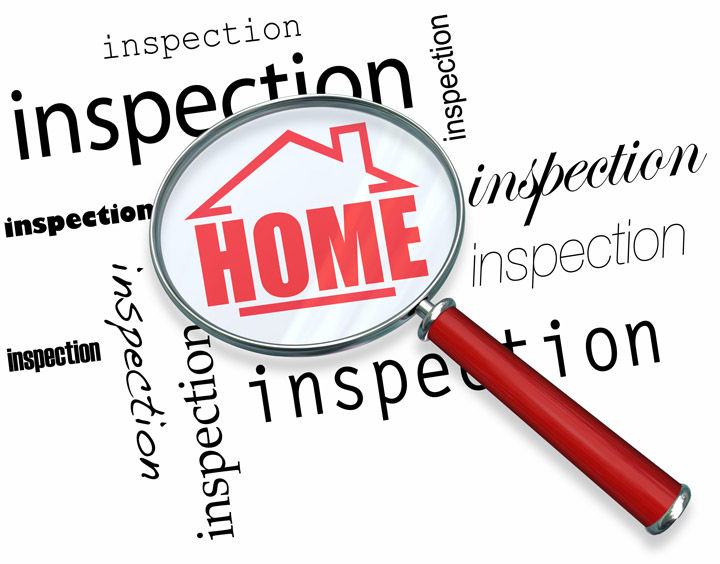
Making Sense of the Appraisal ProcessBuying real estate can be the largest investment many might ever encounter. Whether it's where you raise your family, a seasonal vacation property or a rental fixer upper, the purchase of real property is a complex financial transaction that requires multiple people working in concert to pull it all off. Practically all the participants are very familiar. The real estate agent is the most known entity in the transaction. Next, the bank provides the financial capital necessary to bankroll the deal. The title company ensures that all areas of the transaction are completed and that a clear title passes to the buyer from the seller. So, what party makes sure the real estate is worth the amount being paid? This is where the appraiser comes in. We provide an unbiased opinion of what a buyer might expect to pay — or a seller receive — for a parcel of real estate, where both buyer and seller are informed parties. A licensed, certified, professional appraiser from Central Valley Appraisal Services will ensure, you as an interested party, are informed. The inspection is where an appraisal beginsTo ascertain an accurate status of the property, it's our duty to first perform a thorough inspection. We must actually see features, such as the number of bedrooms and bathrooms, the location, living areas, etc, to ensure they really are present and are in the condition a typical buyer would expect them to be. To make sure the stated square footage has not been misrepresented and convey the layout of the home, the inspection often requires creating a sketch of the floorplan. Most importantly, the appraiser identifies any obvious amenities - or defects - that would affect the value of the house. Once the site has been inspected, we use two or three approaches to determining the value of real property: sales comparison and, in the case of a rental property, an income approach. 
Cost ApproachHere, we pull information on local construction costs, labor rates and other factors to ascertain how much it would cost to replace the property being appraised. This value commonly sets the maximum on what a property would sell for. The cost approach is also the least used predictor of value. 
Sales ComparisonAppraisers are intimately familiar with the subdivisions in which they appraise. They thoroughly understand the value of particular features to the people of that area. Then, the appraiser looks up recent sales in the vicinity and finds properties which are 'comparable' to the home being appraised. By assigning a dollar value to certain items such as square footage, extra bathrooms, hardwood floors, fireplaces or view lots (just to name a few), we adjust the comparable properties so that they more accurately portray the features of subject.
An opinion of what the subject could sell for can only be determined once all differences between the comps and the subject have been evaluated. At Central Valley Appraisal Services, we are an authority when it comes to knowing the value of particular items in Clovis and Fresno County neighborhoods. This approach to value is typically given the most weight when an appraisal is for a real estate sale. Valuation Using the Income ApproachIn the case of income producing properties - rental houses for example - we may use an additional method of valuing a property. In this scenario, the amount of income the property produces is taken into consideration along with income produced by similar properties to derive the current value. Putting It All TogetherCombining information from all approaches, the appraiser is then ready to state an estimated market value for the subject property. The estimate of value on the appraisal report is not always what's being paid for the property even though it is likely the best indication of what a property is worth. There are always mitigating factors such as the seller's desire to get out of the property, urgency or 'bidding wars' that may adjust an offer or listing price up or down. Regardless, the appraised value is often used as a guideline for lenders who don't want to loan a buyer more money than the property is actually worth. Here's what it all boils down to, an appraiser from Central Valley Appraisal Services will help you attain the most fair and balanced property value, so you can make the most informed real estate decisions. |